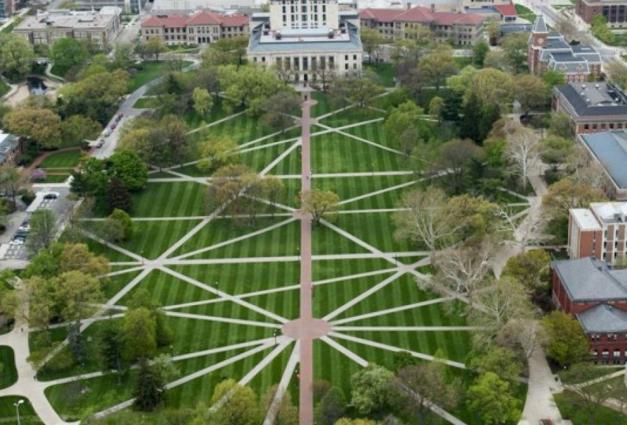In 2017, the U.S. Department of Commerce released a report estimating that, although women constitute roughly 50 percent of all college-educated individuals in the workforce, they represent just 25 percent of workers in the physical science, technology, engineering, and mathematics (pSTEM) fields.
“I think one way to change women’s views of scientists would be to provide them with more information about scientists - scientists are in fact a very broad group that contains lots of different types of people”, explains Erin McPherson, lead author of a recently published article in Personality and Social Psychology Bulletin that examines women’s under-representation in the pSTEM fields.
Although there are undoubtedly many factors that explain why women are underrepresented in pSTEM fields, McPherson and colleagues largely focused on why women might have a reduced interest in these careers. The article centers on the concept that when considering professions in scientific fields, individuals draw comparisons between their own self-concepts and their prototype of a scientist.
McPherson, along with co-authors Dr. Bernadette Park and Dr. Tiffany Ito, found that when there is a large discrepancy between perceptions of self and perceptions of scientists (e.g., on dimensions of intelligence and communal values), individuals show a marked decrease in interest for pSTEM careers. These findings are an advance for researchers dedicated to understanding the nuances of the gender gap that persists in pSTEM fields.
One of the key findings of the paper is that often women’s perceptions of scientists don’t just diverge from their perceptions of themselves, but their notions about what scientists are like can also be quite inaccurate.
“Unless people have firsthand personal contact with someone who is a scientist, for example, a parent, I think much of the information that they have about what scientists are like comes from media portrayals, for example, scientists as they appear in television, film, or advertisements. However, since most media portrayals of scientists don’t necessarily prioritize the accuracy of these portrayals, the information that individuals receive from these sources about scientists is likely to be stereotypic and inaccurate,” McPherson explains.
One of the downstream consequences of holding these inaccurate notions is that, while many women may not be interested in being stereotypical scientists, they would be quite interested in being actual scientists.
Importantly, the more inaccurately individuals perceived scientists (for example, the notion that scientists never work with others), the greater the self-scientist discrepancy. In light of these findings, it may be possible to increase women’s interest in pSTEM careers by simply correcting their inaccurate stereotypes about scientists.
“Giving women more examples of what scientists are like would provide them with greater variability around their concept of what a scientist is,” explains McPherson, “and perhaps more room for them to fit themselves under that umbrella.”
These findings offer several promising routes for designing interventions that increase women’s interest in pSTEM fields by shrinking the gap between women’s self-perceptions and their notions regarding what scientists are like. In addition to correcting inaccurate stereotypes about scientists, it may also be useful to correct inaccurate self-perceptions regarding scientific ability.
In an era when many institutions are seeking interventions to increase women’s participation in STEM careers, it seems particularly important to understand why the gender gap still persists. The present findings suggest that by merely correcting inaccurate perceptions, we can work to reduce the gender gap in pSTEM fields.




